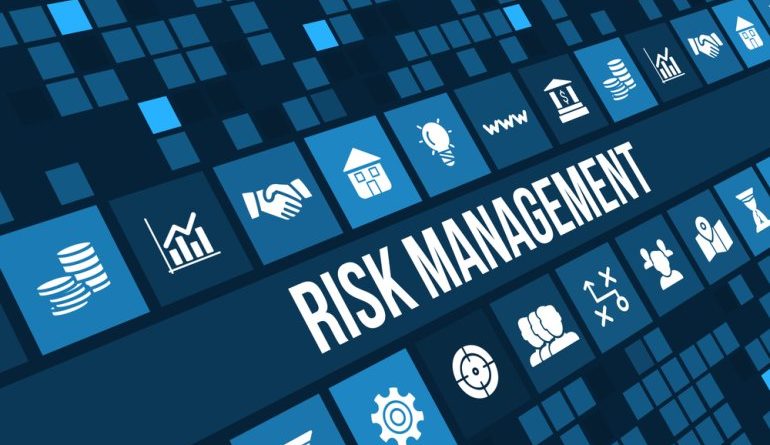Robust Risk Management Programs Protect Your Business Assets and Bottom Line
Effective risk management programs are critical to the success of any business. They help to ensure that business operations run smoothly and that risks are proactively pre-empted, managed and mitigated as far as possible. Effective risk management programs are particularly important when it comes to managing property risk.
According to Danie Locke, Senior Risk Consultant at Aon South Africa, property risk is the risk of loss or damage to physical property, such as buildings, machinery, equipment and inventory. “Property risk is typically managed through property insurance policies, which provide coverage for loss or damage to physical assets. However, property insurance should not be viewed as a substitute for effective risk management. Effective risk management involves identifying, assessing, and mitigating risks before they occur, as far as humanly possible, rather than relying solely on insurance to cover losses after they have occurred,” he adds.
The importance of effective risk management programs
A robust risk management program to protect business assets provides the following benefits:
1. Reduced risk of loss or damage
Effective risk management programs help to identify and mitigate risks before they can cause loss or damage to physical property. By implementing measures to prevent or reduce the likelihood of property damage, such as regular maintenance and inspections, companies can reduce the risk of losses and the associated costs of repair or replacement, as well as the knock-on costs that come with having operations, and potentially income-generating activity, halted.
2. Improved employee safety
Risk management helps to ensure the safety of employees who work in or around physical property. By identifying and addressing potential hazards, such as faulty equipment or unsafe working conditions, companies can reduce the risk of accidents and injuries. This not only benefits employees, but also helps to reduce the costs associated with workers’ compensation claims, lost productivity and reputational damage.
3. Better insurance premiums
Insurance premiums are based on the level of risk that a company presents to the insurer. By implementing effective management programs that reduce the risk of loss or damage to physical property, companies can demonstrate to insurers that they represent a lower risk and thus a lower propensity to claim, and hence may be able to negotiate more favourable terms. However, businesses with adverse claims experiences and/or poor risk profiles are more likely to receive onerous endorsements and exclusions.
4. Compliance with regulatory requirements
Companies are subject to a range of regulatory and occupational health and safety requirements designed to ensure the safety of employees and the public. Effective risk management programs can help companies to comply with these requirements and avoid costly fines or legal action.
“Shifts in technology, economics and geopolitics are creating unprecedented volatility. Navigating your business through unpredictable times starts with having a clear and concise understanding of your organisation’s risk exposure and putting a risk management program in place that will aid you in making better decisions for your business,” says Danie.
“There are four factors that are crucial to the formulation of an effective risk management program for your business property risk. The insight and data that these four factors bring to the table ensures that you are fully informed and able to pivot your business approach, to secure a better outcome,” Danie explains.
Risk assessment: the process of identifying and evaluating potential risks to physical property. This may involve conducting regular inspections and audits to identify hazards and potential areas of weakness.
Risk mitigation: implementing measures to prevent or reduce the likelihood of property damage. This may include regular maintenance and repair of equipment and buildings, implementation of safety procedures and training programs, and implementation of security measures to prevent theft or vandalism.
Insurance coverage: while insurance coverage is not a substitute for effective risk management, it is an important part of a comprehensive risk management program. Companies should ensure that they have adequate insurance coverage in place to cover the costs of loss or damage to physical property.
Monitoring and evaluation
Effective management programs should be regularly monitored and evaluated to ensure that they remain relevant and effective. This may involve conducting regular reviews of risk assessments and mitigation measures, and updating policies and procedures as needed.
“By implementing and adhering to risk management programs, companies reduce their exposure to losses and liabilities, thereby increasing their profitability and sustainability in the long run. Effective programs help companies meet regulatory requirements, build trust with stakeholders and create a positive workplace culture,” Danie explains.
It is here where the input and insight of Aon’s independent risk consulting team proves invaluable in ensuring that your business has a comprehensive risk management program that is built for the unique and unexpected challenges your business could be faced with.
“Our experience, global reach and deep analytics, mean that we are better able to deliver the insights, analysis and advice that help today’s companies protect and grow their bottom line through better risk decisions,” Danie concludes.




